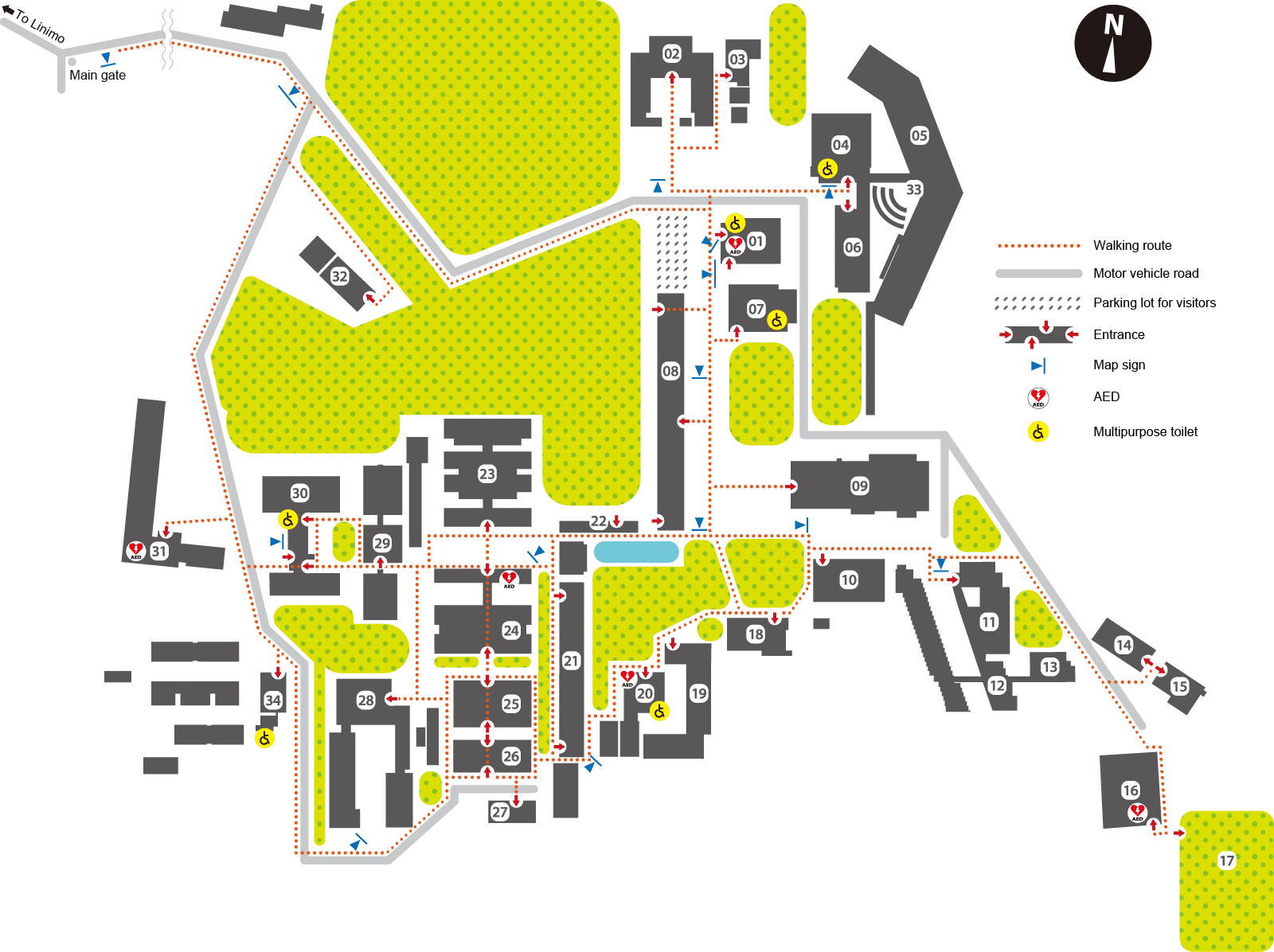
- 03
- Institute for Conservation of Cultural Property
- 07
- New Lecture Building
- 10
- Former Faculty of Music Building
- 11
- Ensemble Building
- 12
- Winds and Percussion Training Building
- 13
- Winds and Percussion Building
- 14
- Graduate School of Music(Doctoral Course)Building
- 15
- Rehearsal Building
- 16
- Gymnasium
- 17
- Ground
- 18
- Dining Hall
- 21
- Art History, Art Theory, and Conservation / New Media & Image
- 22
- Mechanical Room
- 23
- Oil Painting
- 24
- Japanese-style Painting 'Nihonga' / Sculpture
- 25
- 2D / Drawing Building
- 26
- 3D Studio
- 27
- New Media & Image Studio
- 28
- Ceramics
- 29
- Art Laboratory Building
- 30
- Design
- 31
- Dormitory
- 32
- Graduate School of Fine Arts(Doctoral Course)Building
- 33
- Chikei Theater
- 34
- Sculpture Building
01 Administration Office
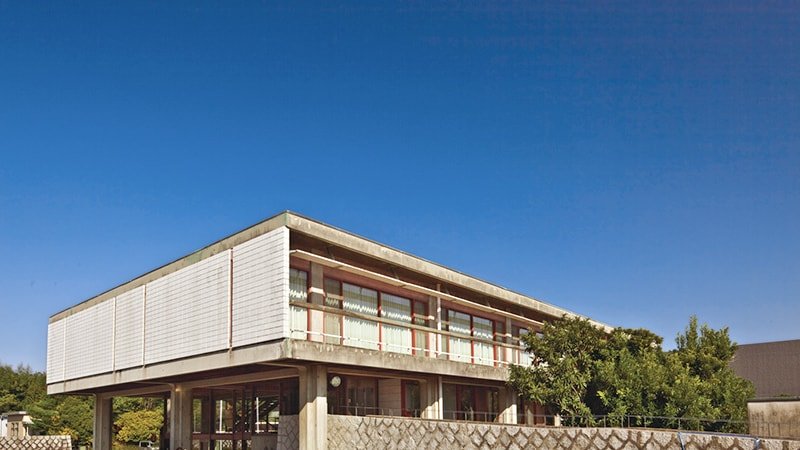
This building houses the administrative functions that keep the university running. There is a Health Clinic and a security office on the first floor, with administrative offices on the second and third floors. The offices process various applications and other submissions; there is also a career support area and a machine that issues certificates. The building has student consultation rooms where clinical psychologists offer counseling sessions (by appointment only).
02 Museum of Horyuji Mural Reproductions
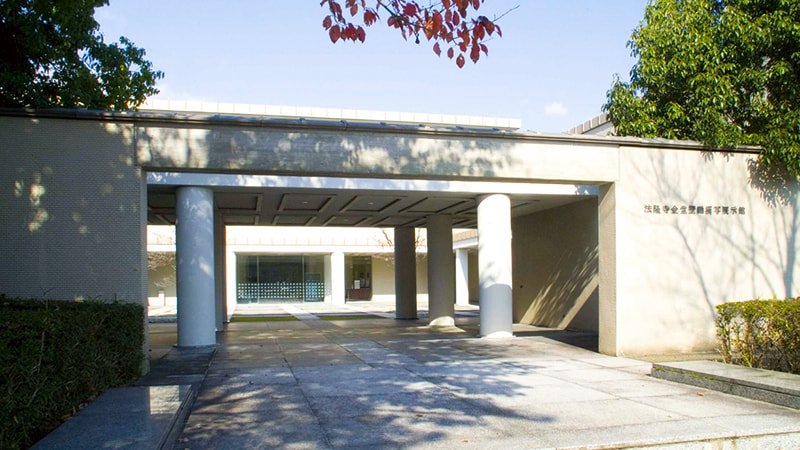
The Museum of Horyuji Mural Reproductions houses replicas of the twelve murals of the main hall Kondo of Horyuji Temple along with twenty smaller murals depicting of Apsaras in flight (Hiten). The works were originally produced between the late seventh and early eighth centuries, and the replicas are faithful reproductions of the murals before they were damaged by fire. Aichi University of the Arts faculty and students were involved in the reproduction project, which took a total of sixteen years to complete. The museum is open to the public in the spring and fall for students and researchers as well as general audience. Additional replicas of the finest murals of the era are steadily being added to the collection, including those of the ancient Takamatsuzuka murals, the "Shaka rising from the Gold Coffin" scroll, and the Portraits of the Jingo-ji (Minamoto no Yoritomo, Taira no Shigemori, Fujiwara no Mitsuyoshi, and Mongaku Shonin)
The Museum of Horyuji Mural Reproductions was designated as a museum facility in February 2007.
| Open | March through May (spring) and September through November (fall) |
|---|---|
| Hours | 10:00 a.m. - 4:00 p.m. |
| Admission | Free |
04.05 Faculty of Music Building and Performance Building
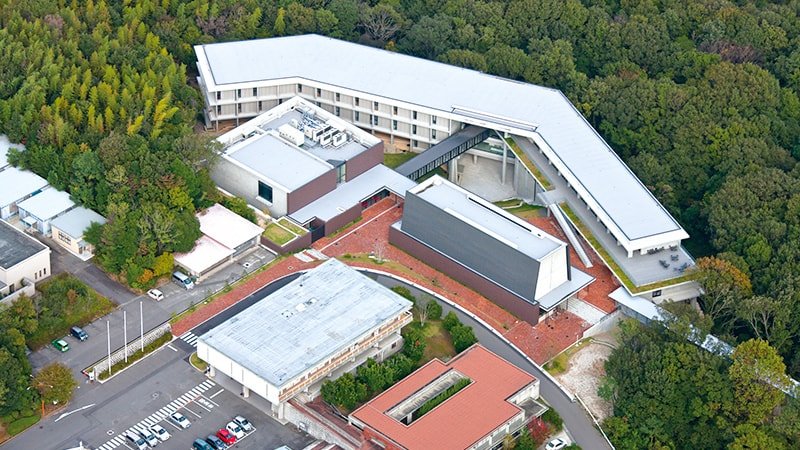
The Faculty of Music Building contains lesson rooms and practice rooms, while the performance building is made up of operatic chorus rooms and a large performance hall. There is also a third building, Chamber Music Hall.
Lesson rooms are fully equipped with the soundproofing, spaciousness, acoustics, and climate control features needed for musical education. There are plenty of practice rooms along with recording studios featuring the latest sound equipment. Students are treated to this well-appointed educational environment in buildings designed to match existing campus architecture.
There is also a bridge that provides easy access to the Sogakudo Concert Hall, where orchestral and other performances are held.
06 Chamber Music Hall
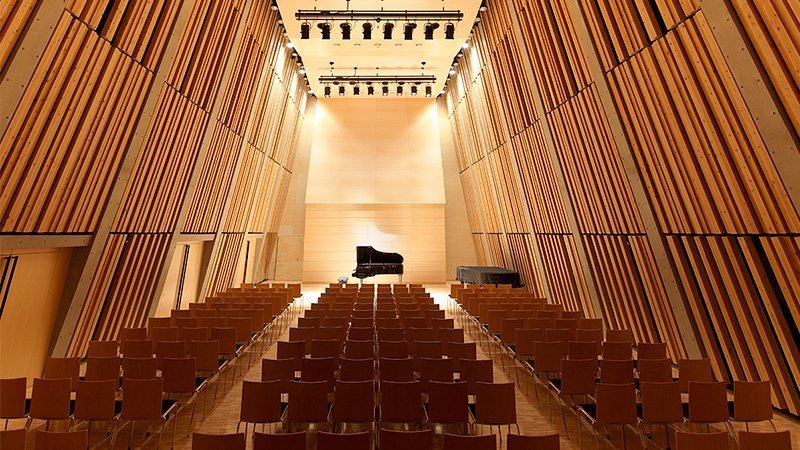
This facility was built for music instruction, performances, special lectures, workshops, and similar activities. The acoustics are optimized for for solo or small-ensemble classical music performances and education, and musicians have access to both Steinway and Bösendorfer concert grand pianos as well as a recording studio. The building can also host a variety of public events with seating for up to 240 guests, as well as classes, examinations, and school performances.
08 Lecture Building
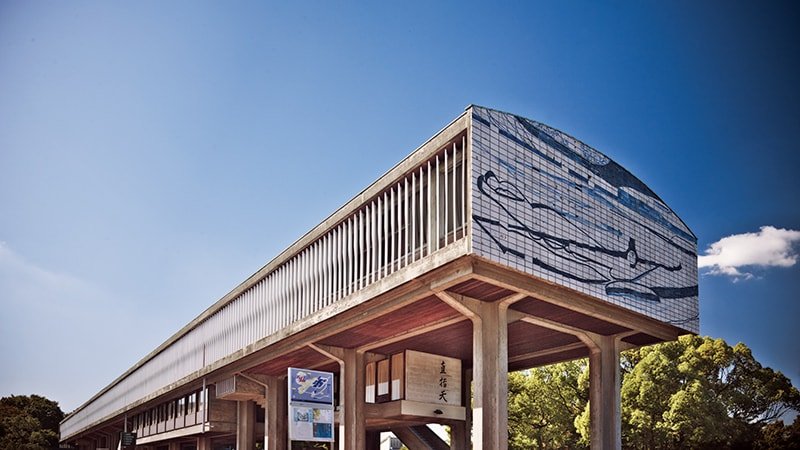
The AUA Lecture Building designed by YOSHIMURA Junzo forms the backbone of the entire campus. Built along a ridge at the center of campus, it marks the division between the Faculty of Music to the east and the Faculty of Arts to the west. The massive columns on the first floor create a space for students to congregate, and are also the site of the many booths set up during the AUA Arts Festival.
09 Sogakudo Concert Hall
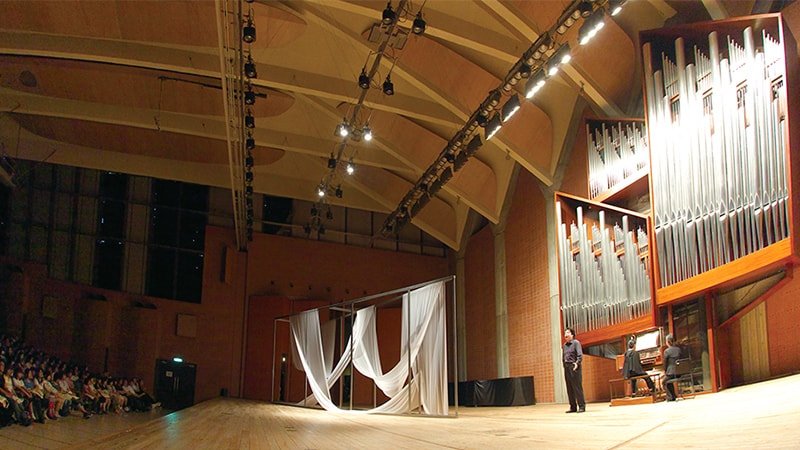
The Concert Hall was built for musical education, matriculation ceremony, commencement ceremony, and other important university events. It has seating for 782 guests as well as recording studios, theater rooms, and more--including a Klais pipe organ and Steinway concert grand piano.
18 Dining Hall
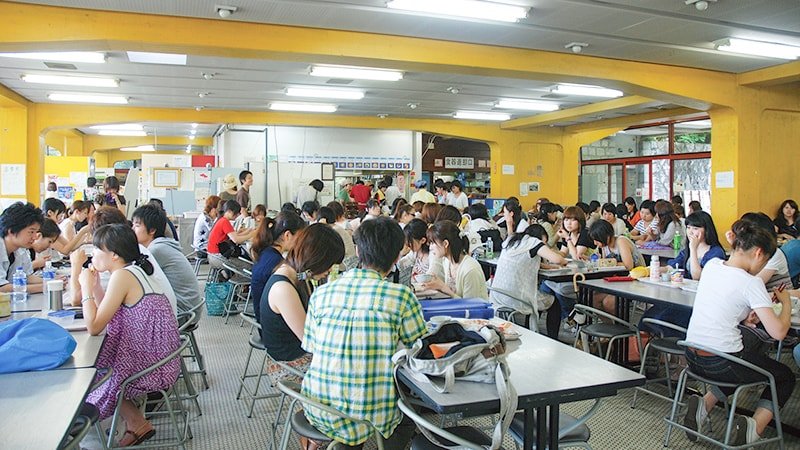
This facility was designed to support student-led activities. The second floor can be used as a venue for exhibitions and similar events, while the first floor houses a co-op, student dining hall, shops, and other amenities.
19 University Art Museum
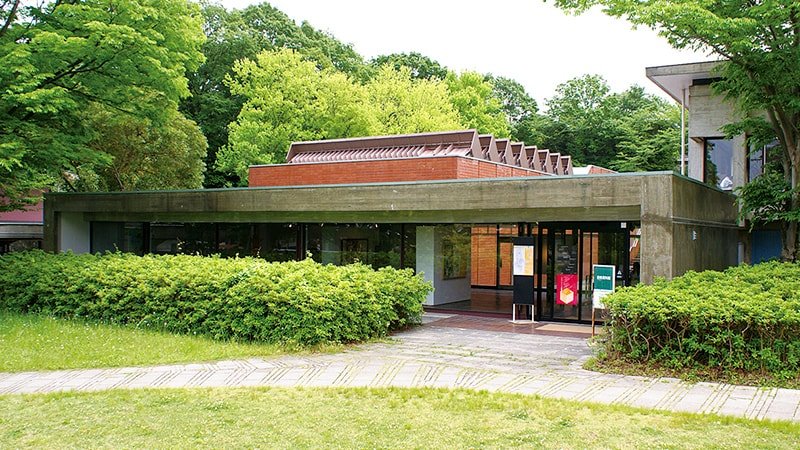
The University Art Museum collects, preserves, and exhibits artistic materials for educational purposes. Its diverse fine arts collection includes Japanese-style paintings, oil paintings, and prints as well as sculpture, design, and ceramics. There are also musical instruments and music-related pieces. In addition to a permanent collection, the museum also displays student research presentations and various other exhibits.
In recent years, the museum hosts presentation of works by artists via the AUA artist-in-residence program.
In February 2007, the AUA University Art Museum was designated as a museum facilities under the Museum Act.
20 Art Informstion Center / Library
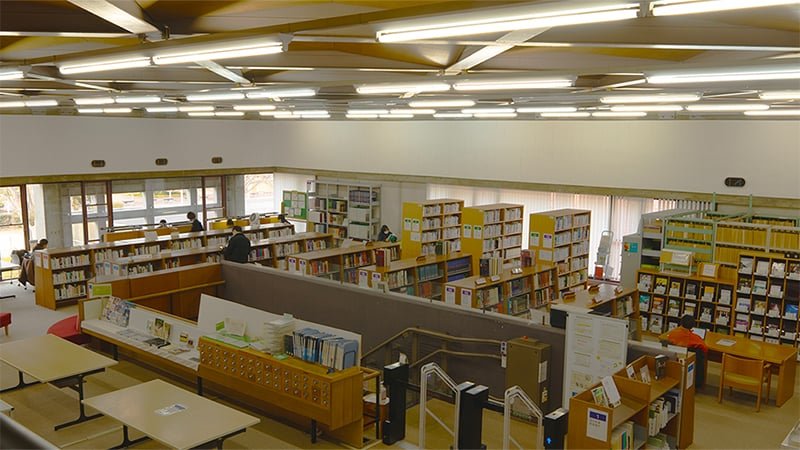
The University Library is designed for both student study and faculty research, with a collection of both Japanese and foreign art books, music books, and musical scores as well as audio recordings on various formats, general cultural materials, and journals available for viewing, borrowing, or listening.
The catalogue retrieval system includes standard title and author searches as well as specialized search features for musical scores and audio recordings, ensuring that users can make the most of the library collection. These search features can be accessed via library computers or the internet. Various bibliographies as well as specialized databases for different musical and artistic fields make it easy to find academic papers and journal articles as well.
26 3D Studio
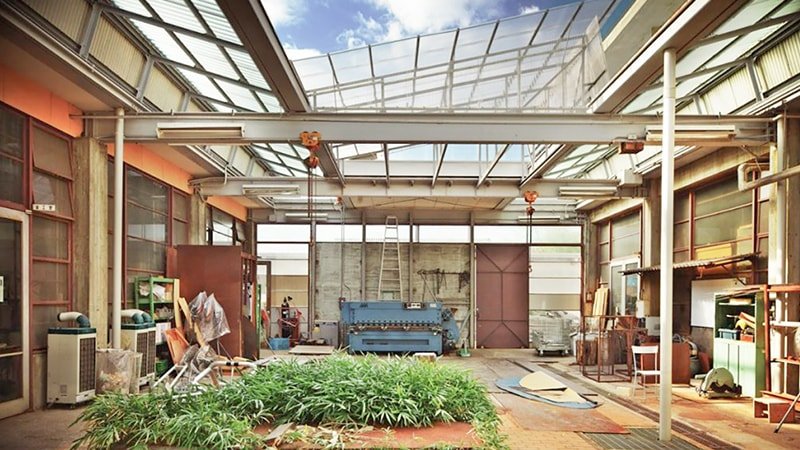
The studio has both woodworking and metalworking rooms where students can engage in a variety of crafting and finishing activities. There is also a printing room for silk-screen printing. The studio courtyard has a crane and other multipurpose equipment available as well.
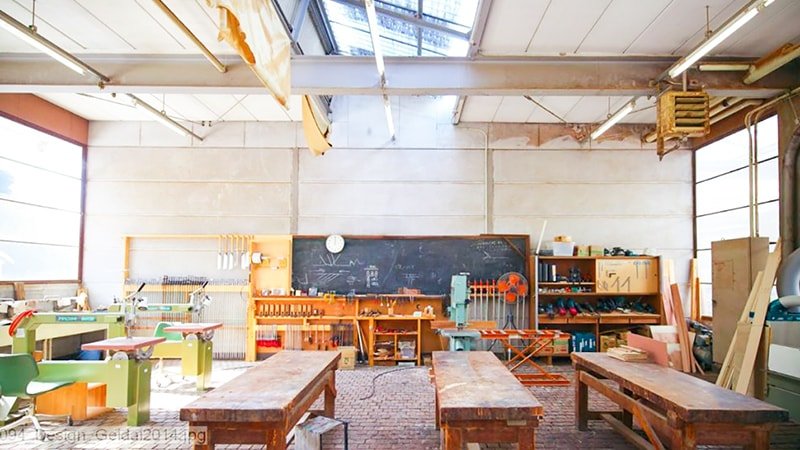
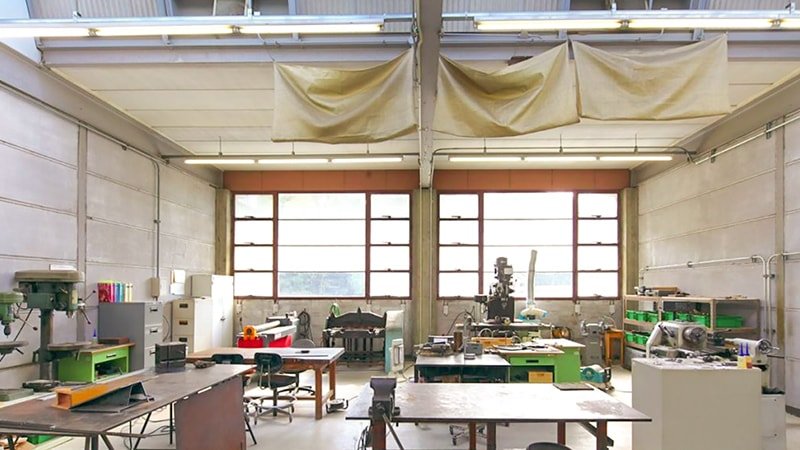
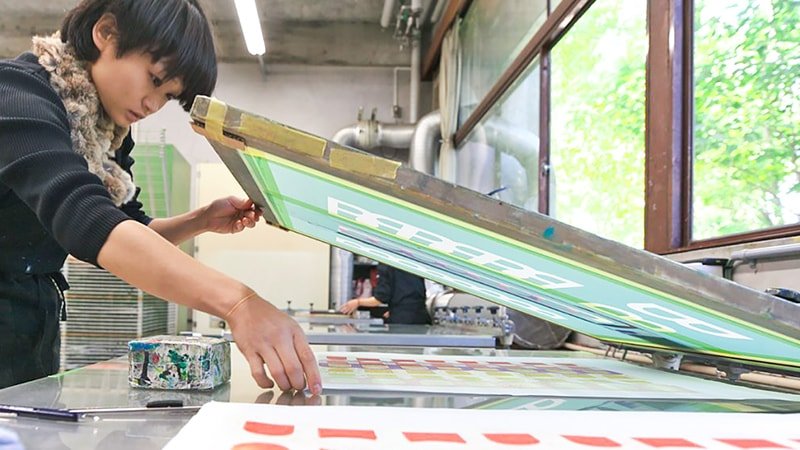
31 Dormitory
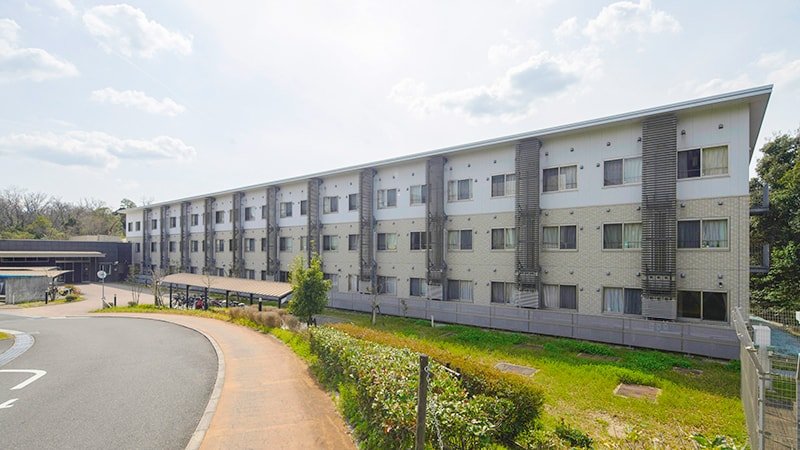
The campus dormitory is made up of three buildings: a student dormitory, a commons building, and faculty housing.
There are 132 rooms in the student dormitory, each designed for both privacy and functionality. The commons building is a multipurpose space featuring ten soundproof piano rooms, a studio, and vending machines.
The faculty housing surrounds the commons building, providing ample opportunities for student-faculty interactions while maintaining independent spaces for both.
